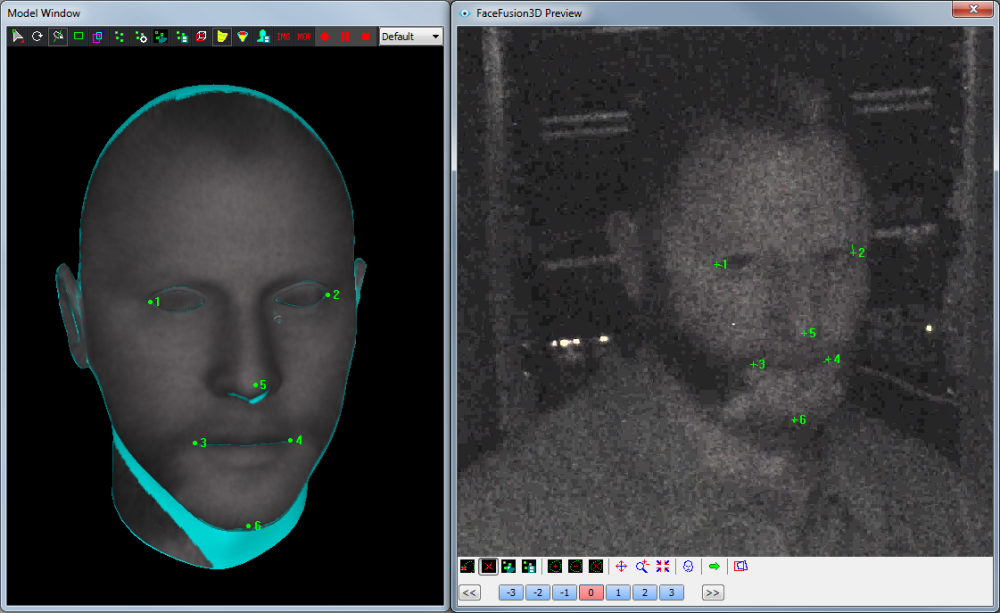
Image Authentication: Ensuring the Integrity of Visual Data
Introduction
Have you ever wondered how we can trust the authenticity of images in today’s digital age? With the rise of advanced editing software and the widespread use of social media, it has become increasingly difficult to distinguish between real and manipulated images. This is where image authentication plays a crucial role. In this article, we will delve into the world of image authentication and explore its significance in ensuring the integrity of visual data.
What is Image Authentication?
Image authentication is the process of verifying the originality and integrity of an image. It involves various techniques and algorithms that analyze the image’s content and metadata to determine if any modifications or tampering have occurred. The goal of image authentication is to provide a reliable way to confirm the authenticity of an image, establishing trust and preventing the spread of misinformation.
Why is Image Authentication Important?
In an era where images can be easily altered and manipulated, image authentication plays a vital role in several fields:
-
Journalism and Media: In the age of fake news, image authentication allows journalists and media organizations to verify the authenticity of visual evidence before publishing or sharing it. This helps maintain credibility and ensures that accurate information is disseminated.
-
Forensics and Law Enforcement: Image authentication is crucial in forensic investigations, where the integrity of visual evidence can make or break a case. By verifying the authenticity of images, law enforcement agencies can ensure the validity of evidence presented in court.
-
Digital Archives and Preservation: Image authentication is essential for preserving historical and cultural artifacts in digital archives. It helps maintain the integrity of these visual records, ensuring their authenticity for future generations.
Techniques Used in Image Authentication
Image authentication techniques employ a variety of algorithms and processes to detect and deter image tampering. Some commonly used techniques include:
-
Digital Watermarking: This technique embeds a unique digital signature or watermark into an image, making it difficult to remove or alter without detection.
-
Error Level Analysis: Error level analysis compares the error levels in different areas of an image to identify potential modifications. Sudden changes in error levels can indicate tampering.
-
Hash Functions: Hash functions generate a unique cryptographic hash value for an image. Any alteration to the image will result in a different hash value, indicating tampering.
-
Steganography: Steganography involves hiding information within an image in a way that is not easily detectable. By analyzing the image’s hidden data, image authentication algorithms can determine if any unauthorized changes have been made.
The Future of Image Authentication
As technology continues to advance, so do the techniques used in image authentication. Researchers are constantly developing new algorithms and methodologies to stay ahead of increasingly sophisticated image manipulation techniques. Advancements in artificial intelligence and machine learning are also being utilized to improve the accuracy and efficiency of image authentication systems.
Conclusion
Image authentication plays a critical role in today’s digital age, ensuring the integrity and authenticity of visual data. By employing various techniques and algorithms, image authentication helps combat the spread of misinformation, maintain credibility in journalism and law enforcement, and preserve historical records. As technology evolves, the field of image authentication will continue to evolve, adapting to emerging challenges and ensuring the trustworthiness of visual data.



